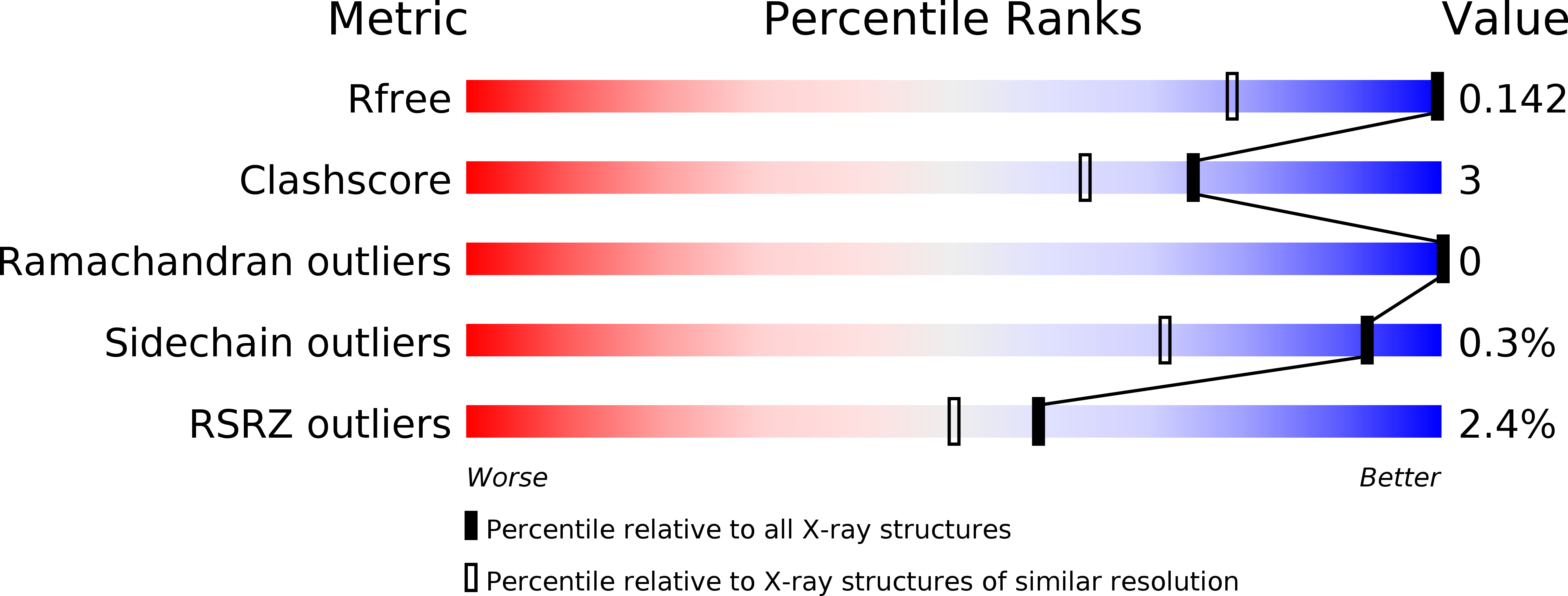
Deposition Date
2004-03-17
Release Date
2004-12-08
Last Version Date
2024-05-01
Entry Detail
PDB ID:
1UZV
Keywords:
Title:
High affinity fucose binding of Pseudomonas aeruginosa lectin II: 1.0 A crystal structure of the complex
Biological Source:
Source Organism:
PSEUDOMONAS AERUGINOSA (Taxon ID: 287)
Method Details:
Experimental Method:
Resolution:
1.00 Å
R-Value Free:
0.13
R-Value Observed:
0.11
Space Group:
P 1 21 1


